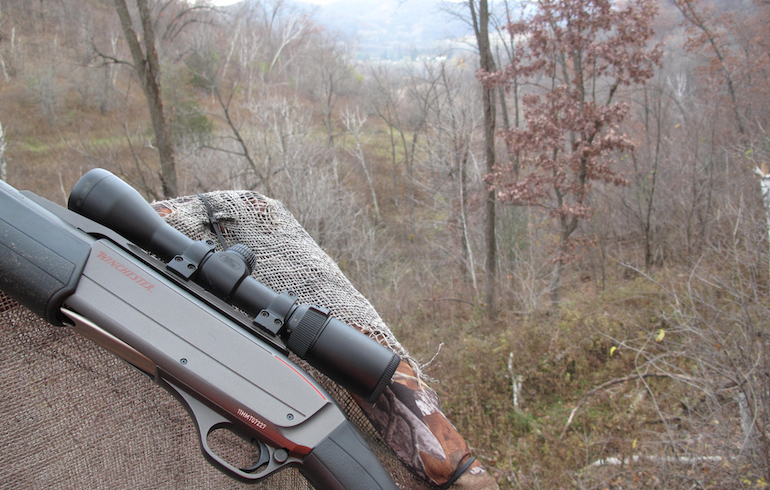3 Late-Season Buzzer-Beaters For Whitetail
Some of the biggest deer every year are taken late in the season, after the rut has ended and bucks, pressured as they are, have resorted to winter feeding patterns.
If you’ve yet to fill your tag, don’t panic. These three tips can help you save your season and fill your freezer…and maybe even that empty spot on your wall just begging for a trophy deer mount.

1. Find the Food
This one is really a “no duh” kind of statement, but it’s not just a matter of sitting on a food plot planted with sweet-tasting brassicas or a field of still-standing corn. At this time of year, you might sit days without seeing a single deer only to have the largest buck of your life suddenly stroll out. Increase your odds for the latter by finding food with good cover nearby. Deer have been majorly pressured so they won’t want to walk far. The closer in proximity your food and cover are, combined with reduced hunting pressure in that spot, the more likely you are to catch a bruiser slipping in just before dark. Other top spots to focus on include a stand of oaks, ideally white oaks, surrounded by laurel, honeysuckle or other heavy cover, CRP acreage or a tangled clear-cut adjacent to a field that had been planted in corn or beans (even better if some of the corn or beans are still standing) or an isolated food plot, surrounded by young pines, broomstraw and briars and planted with the aforementioned brassicas.
2. Think Thick
Hunting pressure has likely been fairly dialed up for several months so bucks are spooked and moving less and less during the day. So where will you find them? Hunt adjacent to the thickest cover you can find, briar patches, reed beds, brush-choked bottoms, overgrown clearcuts, tangles of honeysuckle and the like. It’s not time to lay back and be patient…you have to make things happen.
That means it’s time to get close in order to catch a buck slipping in or out of his hide early in the morning or late in the afternoon. Glass the spot or scout it from a distance, looking for the most mud-worn trail in and out. Identify a good trail and slip in early with a climbing stand. Get there before dark and hope to catch a buck slipping back into cover after a predawn feeding session. If that doesn’t pan out, wait for an evening storm front, preferably one threatening deep snow, and get on your stand in the early afternoon.
3. Be There for Last Call
When the final days of the season roll around, some hunters are so spent they have already mentally given up or they are full of desperation. Hope the guys around you are the latter. You can bet many of them are going to pull out all the stops when that last day rolls around, trying stands they haven’t sat all year, moving into thicker or less hunted areas on their land where bucks are apt to hide (and hopefully spook when they do) and even conduct deer drives to put deer on their feet. Fortunately, deer don’t pay attention to property lines and are apt to come fleeing your direction to avoid the final push.
Make the most of the commotion and identify likely escape routes or areas where deer will move into for safety. Then make sure you are there early. Just like opening day, stay on your stand all day and sit until final light if you have to. This is the last day of the season; you have got to make this one count.




